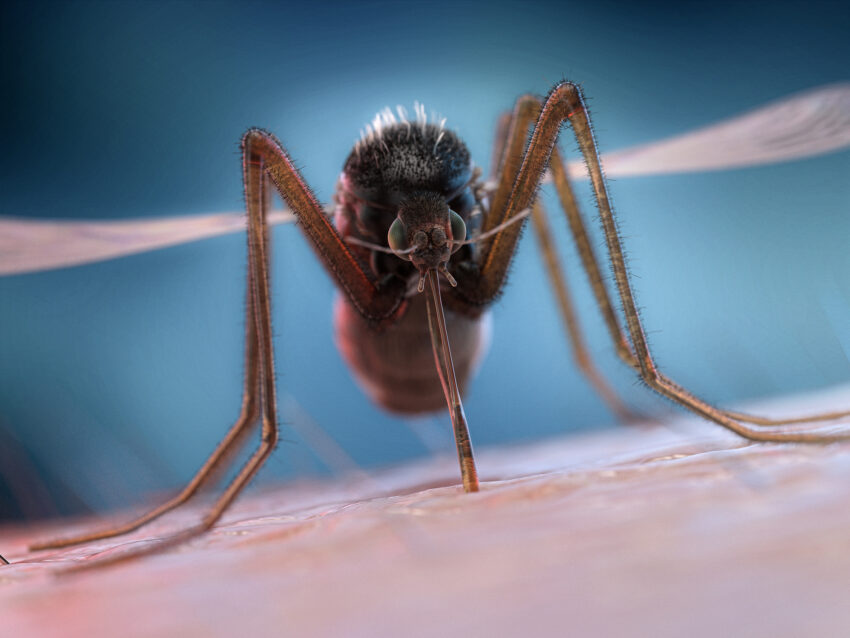When we hear the word ‘pest,’ our minds often jump to the harmful creatures that invade our homes and gardens, causing damage and discomfort. However, not all pests are destructive. Some are benign and even beneficial to the environment. Understanding these harmless pests can lead to more effective and selective pest control strategies, ensuring that we target only the problematic species without disturbing the ecological balance.
1. Ladybugs
Ladybugs, with their distinctive red and black spotted appearance, are often welcomed in gardens across the globe. Contrary to being a nuisance, these beetles are voracious predators of aphids, a fast-spreading pest that damages roses, vegetables, and a wide range of plants. Ladybugs play a crucial role in natural pest control, helping to reduce the reliance on chemical interventions. Their ability to consume hundreds of aphids in a week makes them an invaluable ally in maintaining plant health and preventing the rapid spread of these plant-feeding pests.
2. Spiders
Often feared and misunderstood, most spiders found in homes and gardens are harmless to humans and are excellent at controlling insect populations. Spiders feed on common household pests like mosquitoes, flies, and roaches, acting as a natural pest control service. By reducing these fast-spreading pests, spiders contribute to a healthier and more balanced home environment. Encouraging spiders in your garden can lead to a noticeable reduction in the number of harmful insects, proving that their presence is often more beneficial than not.
3. Praying Mantises
Praying mantises, with their angular shapes and precise movements, are fascinating insects that are also effective predators. They feed on a variety of insects, including moths, crickets, and flies, helping to keep those populations in check. Mantises are known for their ‘wait and attack’ hunting strategy, making them a natural component of pest management in gardens and farms. Their presence signifies a healthy ecosystem where natural pest control is actively at work, reducing the need for chemical pesticides.
4. Earthworms
Earthworms are often found in healthy, nutrient-rich soil and are crucial for soil aeration and nutrient cycling. They break down organic matter, turning it into valuable compost that enriches the soil, promoting plant growth and health. While not typically considered pests, their role in creating a fertile environment helps deter harmful pests by improving plant resilience and health. By maintaining a thriving population of earthworms, gardeners can ensure robust plant growth and a natural reduction in pest outbreaks, minimizing the necessity for external pest control services.
5. Green Lacewings
Green lacewings are delicate insects that are mighty warriors in the battle against harmful pests. Their larvae, known as “aphid lions,” are particularly effective at controlling populations of aphids, mites, and other small pests. By preying on these fast-spreading nuisances, lacewings help to naturally regulate pest populations, contributing to the health and stability of gardens and agricultural areas. Encouraging the presence of green lacewings can be a significant step towards sustainable pest management, reducing the need for chemical treatments.
Conclusion
Recognizing the value of these top 5 harmless pests is essential for developing effective pest management strategies. By distinguishing between harmful and beneficial creatures, we can adopt more environmentally friendly approaches to pest control, preserving the natural allies that help maintain ecological balance. Instead of resorting to widespread pesticide use, we can target only those pests that pose a real threat, allowing nature’s own pest control agents to do their work. This selective approach not only benefits our immediate environment but also supports the broader ecosystem, promoting biodiversity and sustainable living practices.

